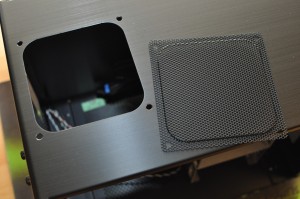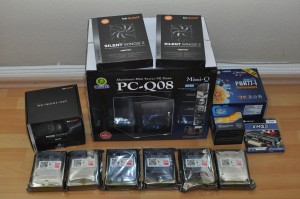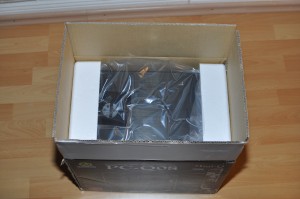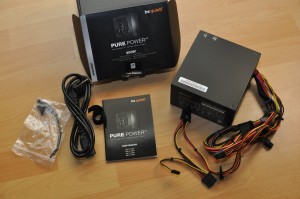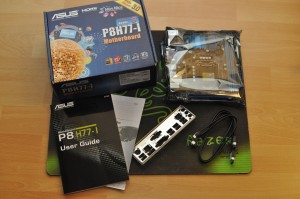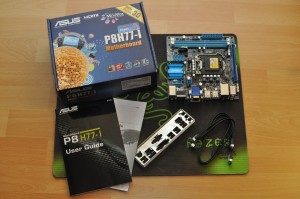Deploying a React Native App with Fastlane - Part 2
Deploying to Android/Play Store
This is a part of a series of posts about deploying a React Native application with Fastlane.
- Part 1 - Deploying to iOS/App Store
- Part 1a - Auto-Increment build numbers
- Part 2 - Deploying to Android/Google Play
Since the whole Fastlane and React Native ecosystem is constantly evolving, I’ll try to keep this post up to date to reflect the latest changes. Latest Update: 2016/03/30
Introduction
For Android we’ll need the following Fastlane tools:
- supply - for syncing play store metadata and uploading the apk
And of course fastlane itself.
For building the apk we’ll use gradle.
Pre-Setup
You’ll need to create a new keystore (or use an existing one) like described in the React Native Android Docs.
Next setup your gradle variables and add signing to your app’s gradle config.
Now you need service account credentials for authenticating with...

